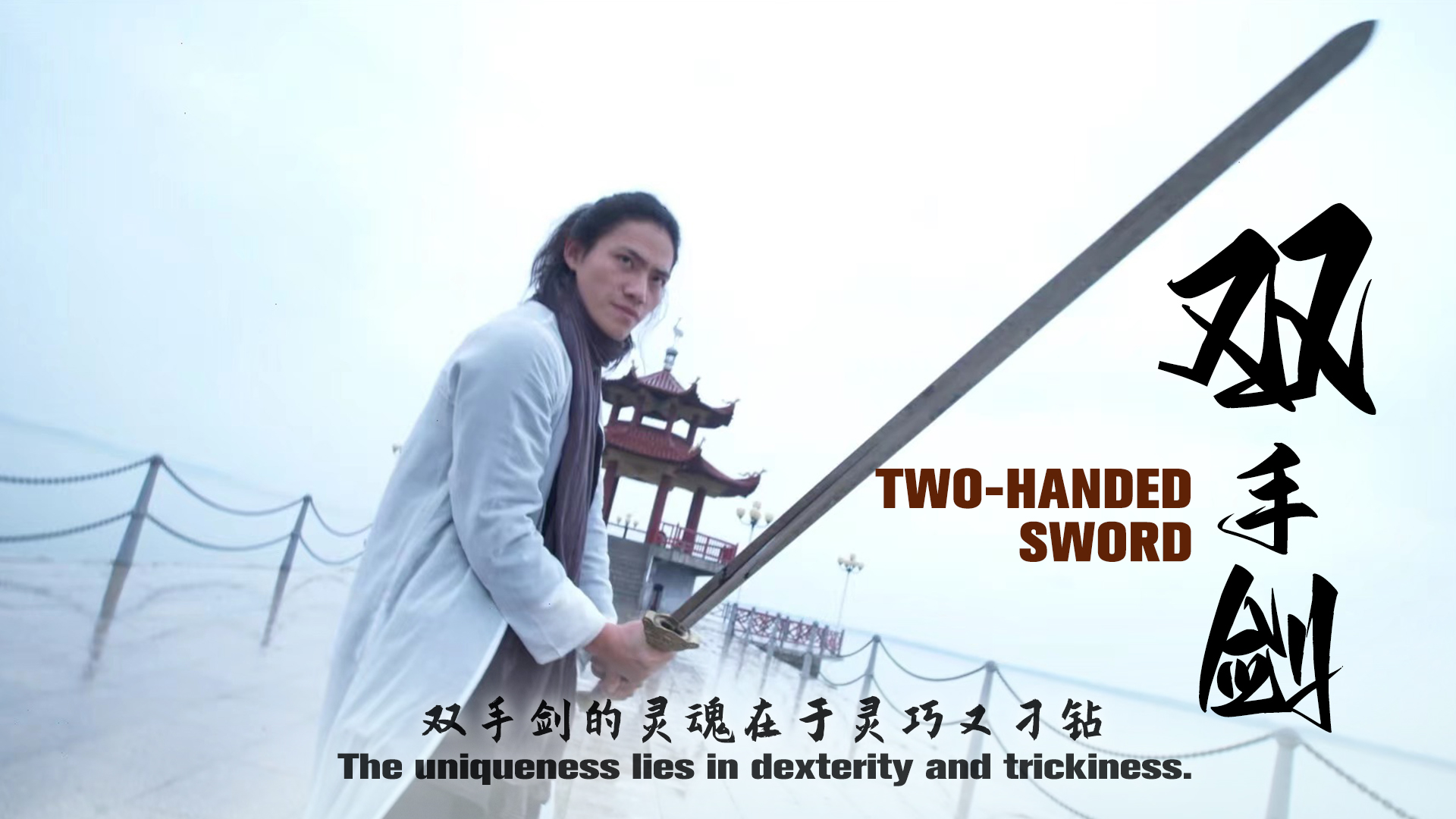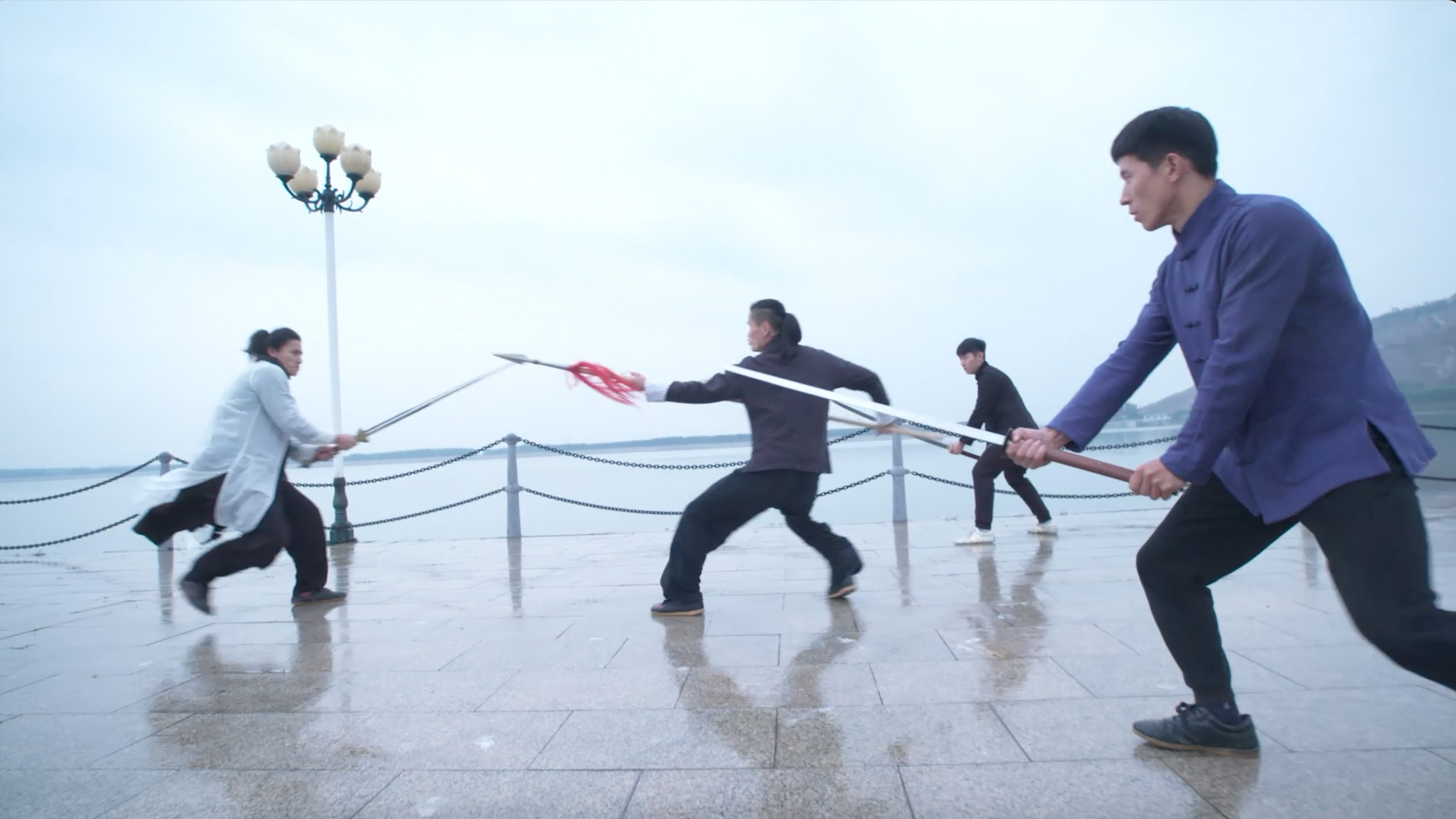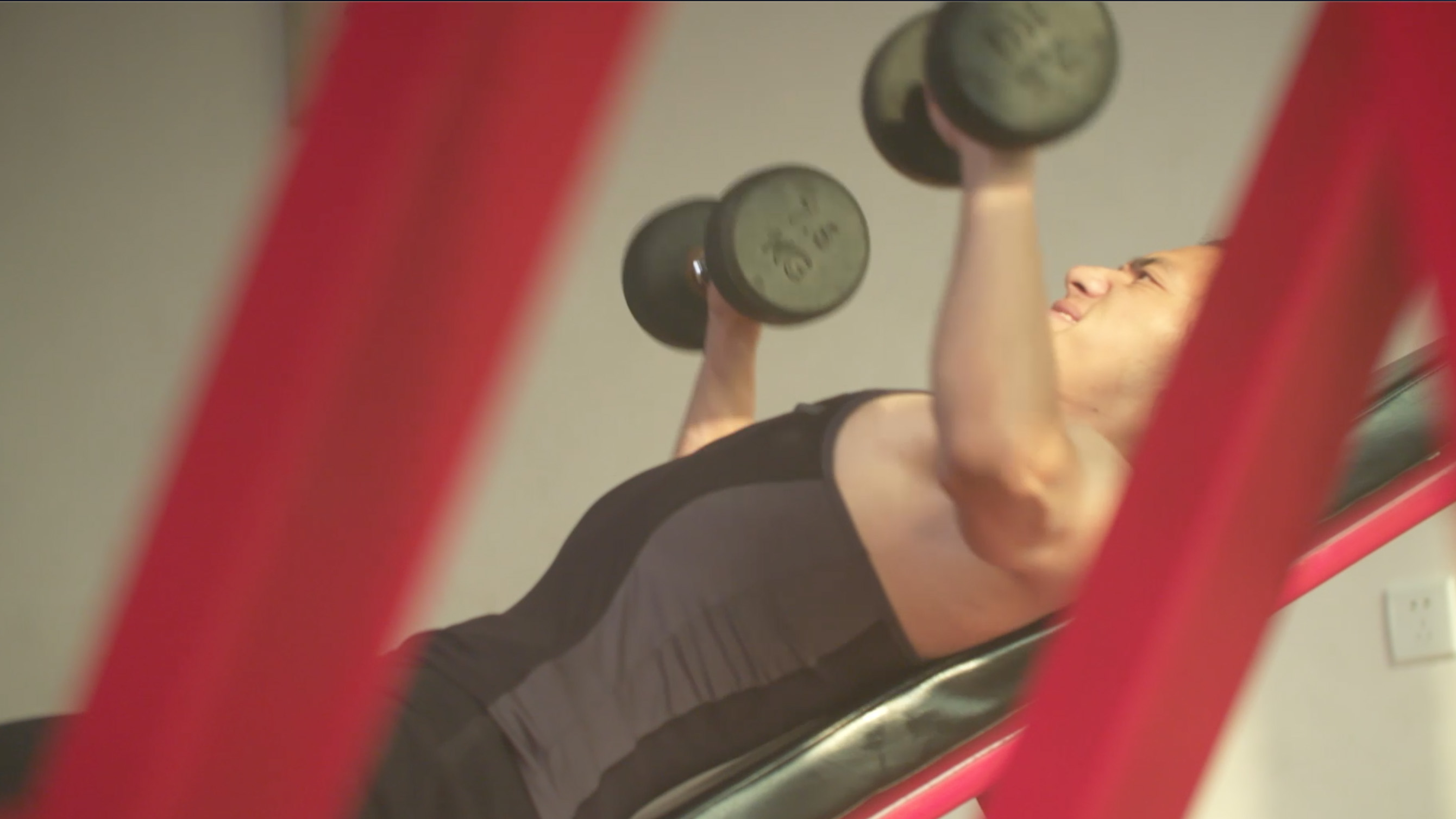05:42

Two-handed swords are found in many countries around the world. They often have the same name but different shapes. The two-handed sword in China was prominent in the Tang Dynasty (618-907), but the practice gradually declined in the Song Dynasty (960-1127). Today, it usually refers to sword weapons that require both hands. While wielding this sword, one's body needs to be more flexible than when using other two-handed weapons. Its uniqueness lies in dexterity and trickiness.

Liu Lu forged a two-handed sword on his own, hoping to start a swordsman's life. /CGTN
Liu Lu forged a two-handed sword on his own, hoping to start a swordsman's life. /CGTN
Liu Lu, a two-handed swordsman, lives in Anqiu City in China's eastern Shandong Province, home to some inheritors of the rich wushu culture and a conducive atmosphere for wushu learning. Liu began to learn wushu, a form of martial arts, at the age of six and was fascinated by weapons. When he grew up, he joined the Shandong professional sports team and learned to wield the two-handed sword.
The two-handed sword has 20 basic techniques. Liu was impressed by a maneuver called "swivel upward." The prime characteristic of this move is that the shoulder and crotch have to be coordinated, arms will lead the wrists, and the sword is wielded with strength from the waist.
"'Hacking downward' is a move that requires a lot of strength under the waist. One jumps up and uses the waist to push the sword, hitting the opponent's head," Liu explained. "Do the unexpected, attack the unprepared."

Liu Lu practices with other wushu inheritors. /CGTN
Liu Lu practices with other wushu inheritors. /CGTN
To make "unexpected" moves requires excellent flexibility. Traditional wushu generally pays special attention to the coordination of the body and the feet, so Liu tries to learn a different style of wushu. He often visits various local wushu inheritors in Anqiu to exchange and practice skills with them.
"I learn from their excellent skills only to improve my swordsmanship," he said.

Bench pressing helps to build muscles. /CGTN
Bench pressing helps to build muscles. /CGTN
Also, using weapons that require both hands to move, like a two-handed sword, requires a great deal of wrist and arm strength. So, Liu incorporates many modern training methods, such as rope-throwing, bench pressing and rope skipping, to help build muscles and strengthen the explosive power of the waist and legs.
"We have inherited traditional wushu, but in this era, we must not be restrained; it's better to combine traditions with modernity to adapt to this era," he said.

DJ-ing is one of Liu Lu's part-time jobs. /CGTN
DJ-ing is one of Liu Lu's part-time jobs. /CGTN
To complete his life's dream of opening a wushu school, Liu also developed a tenacious spirit. He worked a lot of part-time jobs, even when he was injured. "Despite the fatigue and tiredness, I just wanted to get it done," he said.

Liu Lu teaches students at his school. /CGTN
Liu Lu teaches students at his school. /CGTN
When he finally welcomed the first class of students in his own school, he said he felt a sense of responsibility and inheritance.
"Practicing the two-handed sword can help steel oneself," he told CGTN. "I'm always striving and exploring."

